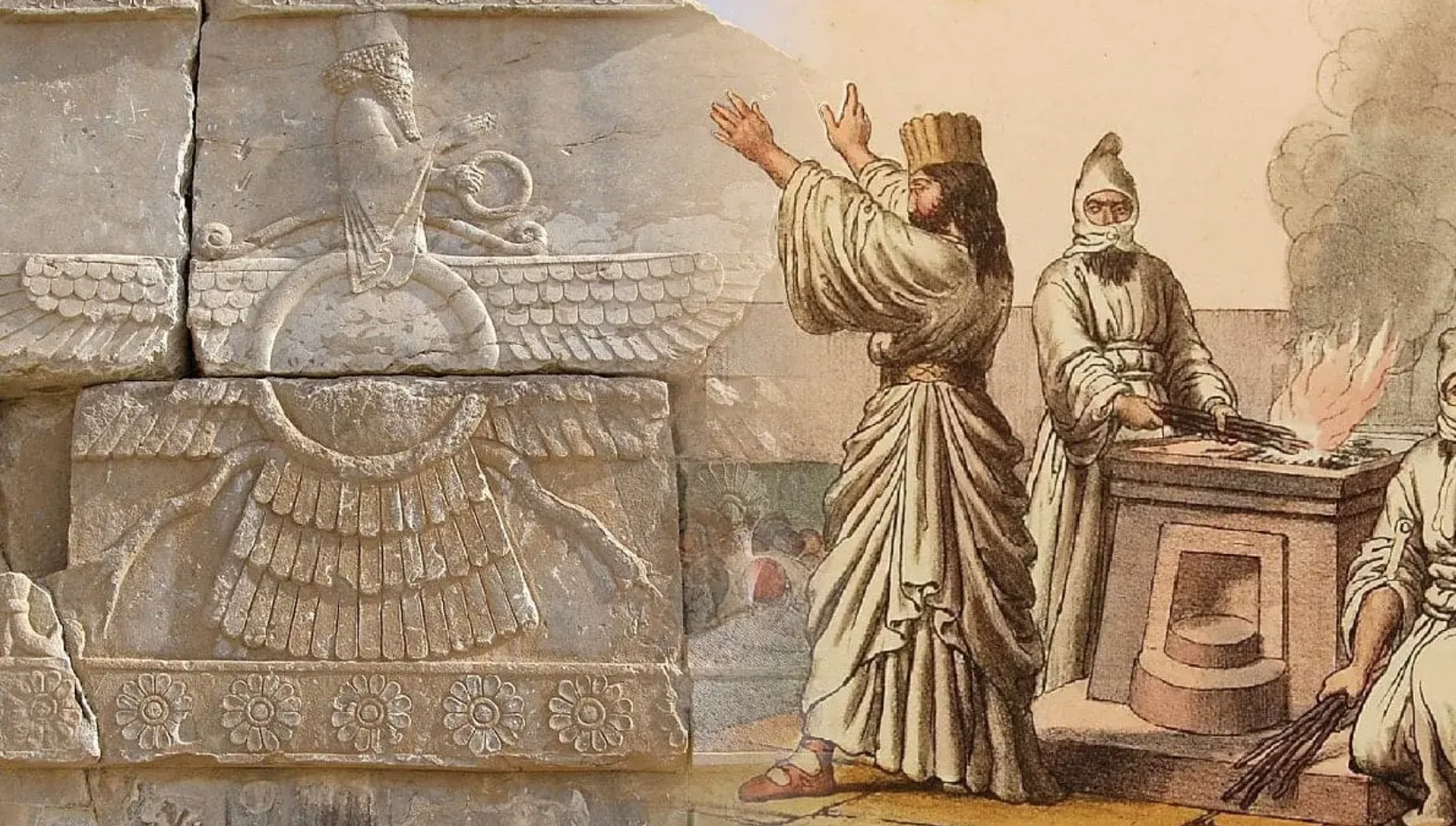Binary Oppositions in Zoroastrianism and 'The Others' of them. Zoroaster/Pars Mithras/Media
Abstract
Zoroaster set up the foundation of dualism and »binary opposition« of Iranian wisdom. There are goodness and »Ahura« (God) at one end of this extreme and evil and Ahriman (Satan) at the other. Based on hierarchical structure of the galaxy (celestial) and heaven, we see »Amshaspends« (Amesha spenta. Seven Angels) at the top goodness end of this opposition and according to terrestrial order, we see terrestrial order and social agreement at the evil end. The markers of this opposition are soul VS body, light VS darkness, cow VS lion, snake VS eagle and happiness VS ethical restrictions. This article aims at finding rules hidden in Zoroaster's political theology and its binary opposition, its signs and the way that the goodness and positive signs found meaning against "the others" or the evil in Iranian wisdom set. Further, it wants to find the political and historical roots of this ideology and its relation with the action and the reaction of two ethnic groups of Fars and Kurd, that is, through the discovery of the negative and evil side of Zoroastrianism, "the other" or anti-Iranian of Iranian political wisdom is revealed. Zoroastrianism formed the foundation of Iranian political wisdom and hided its possible domination and removal of anti-Iranian, e.g. Kurds in the backstage of goodness and evil ideology of Zoroaster and abstracted ethnic/political struggle into a totemic one. As inferred from the philosophy of Nietzsche and Hegel, Zoroaster is the forerunner of the God of »Apollonian« and history, »the other« of Zoroastrianism is also »the other« of history and metaphysics.(1)This article is a small part of my book: Iranian Political Ration and Kurdish Identity Search: (https://www.amazon.com/dp/B08QW5RCQV/ref=cm_sw_r_wa_awdb_imm_t1_k1Z3Fb20B5MQK)
